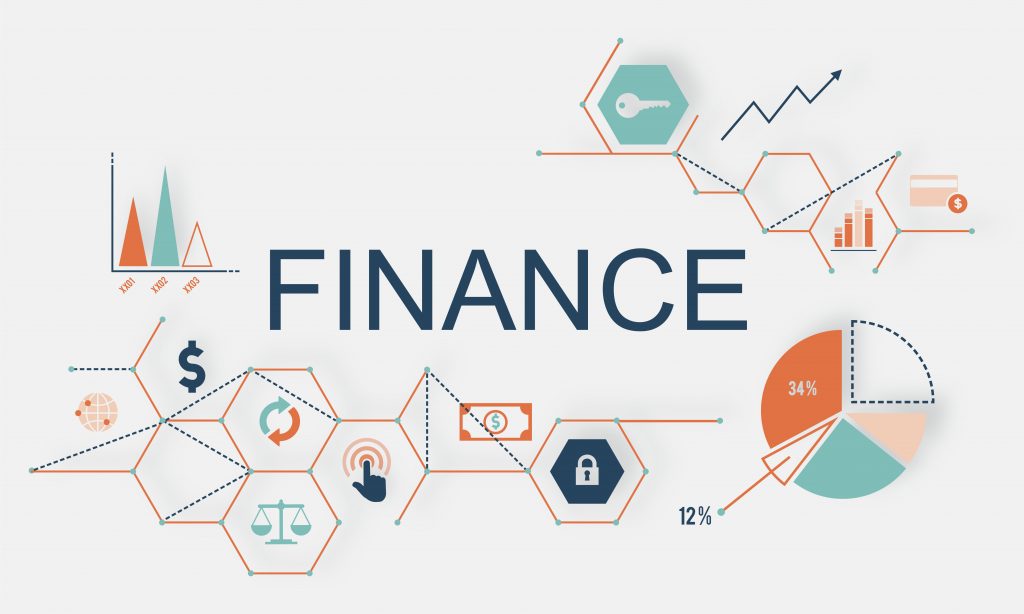In 2019, Deloitte issued a report that offered eight predictions regarding digital transformation’s impact on finance departments. At its core, one thing was glaringly obvious: changes ARE coming—and they might make some people uncomfortable. But change isn’t necessarily bad. And when it comes to finance, change is necessary to accelerate growth and ultimately alter the way business finance operations are managed.
Although these predictions could never have forecasted a global pandemic, they have been more or less spot on—particularly around automation, which has been recently thrust into the spotlight. Across all industries, we saw companies transforming their backend much faster than they would have normally been able to, or even wanted to in the first place. And more often than not they discovered that automation was the answer to many of their problems.
We’re finally starting to see this transformation come to finance teams, which have traditionally had to execute largely in-person, manual-driven processes. Many of which got even messier when remote working became the norm last year. Yet, despite seismic shifts in finance software over the past decade, including the use of artificial intelligence (AI), finance departments are still not nearly as automated, or autonomous, as they should be.
So if you’re a CFO or head up a finance department, understanding the difference between the various types of software available is not only critical to your company’s bottom line, but also to each and every person on the finance team, regardless of their role and how they execute relevant tasks.
Automation has laid a solid foundation
Ironically, while many enterprises were developing new, emerging technology before the pandemic, their finance departments remained functioning as if still in the late 90s, spending copious amounts of time manually reviewing expense reports and clipping receipts together.
This is where we have seen automation have a positive impact. Automation improves efficiencies, reduces costs, and helps companies manage risk. It’s also able to catch errors that even the most eagle-eyed of employees might miss. This is why we’ve seen so many companies quickly get onboard the RPA train. RPA, or Robotic Processing Automation, is ideally suited to those business functions that are repetitive and have structured data. For instance, pre-defined expense report templates, which are either accepted or rejected by the software being used, is a process that would benefit greatly from RPA.
However, while automation can speed the process, there will still be times when a person needs to step in and review a report if data can’t be recognized by the system. Specifically, RPA cannot read or understand unstructured data, such as formats or templates outside of a predefined set, nor can it go beyond that to ultimately approve expense reports. To do that, you need to add AI into the mix, which can understand, learn, and adapt to anything you throw at it. And if there’s anything the pandemic has taught us it’s that adaptability is critical, so a system that can handle ALL types of data—both structured and unstructured—will always outperform one that’s only partially automated. By leveraging both RPA and AI together, limitations are lifted around what the technology can achieve.
Autonomy takes it to the next level
Finance departments require more than just automation—they need to be autonomous. And to have a truly autonomous finance team, you need to add AI to your tech stack. AI blends machine learning, semantic understanding, and neural networks and allows a system to work with complex business challenges, while also learning and self-correcting over time.
It’s also tempting to think the difference between automated and autonomous is only semantics, but the distinction is very real and, if not properly understood, can have dangerous consequences. I like to simplify the difference by likening automation to driver-assist functions in a car. Rear collision warning, cruise control, and blind-spot detection all help the driver get safely from Point A to Point B but can’t replace the actual driver. An autonomous car, meanwhile, uses AI to take over the driving. The only human “interference” required is someone to define points A and B.
Modern finance teams have arrived
Finance teams have long performed manual, time-consuming tasks such as reading through receipts, compiling and collecting physical documents, ensuring compliance, and even good old data entry. But thanks to software systems that combine RPA and AI, today’s finance departments are able to leverage technology to process much of that work so they can focus on more strategic initiatives such as planning, budgeting, and forecasting.
Determining what software is best suited for your company requires knowing what your current solutions are, where your data comes from, how the data is formatted (i.e. is it structured, unstructured, or both?), and ultimately how the software will be used. Ask yourself what processes you would like replaced? What must be upgraded at the risk of your finance team (and your company) remaining in the past?
Today, finance departments can leverage the strengths of both RPA and AI to not only streamline workloads and automate policy enforcement (while flagging errors or instances of misconduct, for example), but the ultimate goal is to eliminate unnecessary spend. But first, they need to be ready to take a leap of faith into the future—right now.
